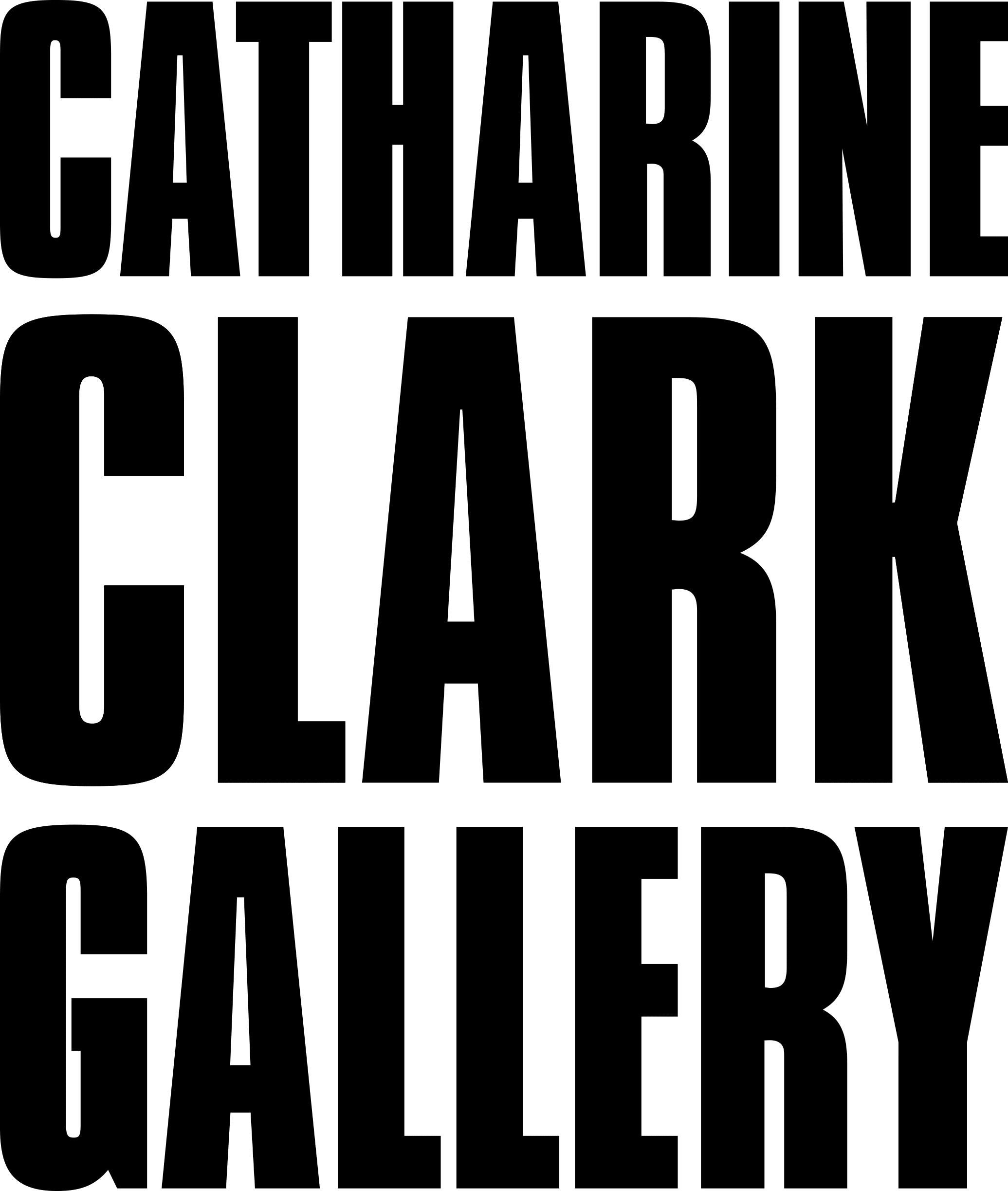Bill Jacobson (b. 1955, Norwich, Connecticut) is widely known for his out of focus photographs of both the figure and the landscape. His work is in the collections of the Guggenheim Museum, the Metropolitan Museum, the Whitney Museum, the Victoria and Albert Museum, and many others. In 2012, he was the recipient of a fellowship from the John Simon Guggenheim Foundation.
He began his signature, indistinct images in 1989, and has since been exhibiting in galleries and museums throughout the US and Europe. These early works, titled Interim Portraits, feature shadowy, pale figures that evoke the loss experienced by many during the height of the AIDS epidemic. The blurred subjects underline the futility of capturing a true human likeness in both portraiture and memory.
Jacobson’s subsequent Song of Sentient Beings continued this interest in the defocused figure. In contrast to the bleached luminosity of his earlier work, this series depicts deep-black backgrounds enveloping ghostly figures, which bend, sleep, stretch and howl. Towards the mid-1990s, he completed the Thought Series, an almost monochromatic evocation of the flow of life. These depict a broad spectrum of subjects, from tightly cropped faces and articles of clothing, to fields of grass and surfaces of water. bill jacobson 1989-1997, published by Twin Palms, is a survey of work from this nine year period.
Returning home from a trip to India in 1999, Jacobson switched to color and began photographing urban and rural landscapes in Untitled and New Year’s Day. These images continue to capture our inner journey through the world, referencing the uncertainty of the mind’s eye rather than the sharp clarity of the camera lens. A monograph of this work, Photographs, was published by Hatje Cantz in 2005.
Since 2003, Jacobson has only made images in sharp focus, all the while retaining his meditation on the human passage through the world. His third monograph, A Series of Human Decisions, includes work from 2005 to 2009. These photographs are primarily details of various man-made spaces, which Jacobson considers to be traces of human existence.
More recently, he has been exploring a new body of work entitled Place (Series). These minimal, still-life images are the result of placing rectangles of various sizes in a variety of man-made and natural settings, suggesting both a variety of architectures and the contradictions between architecture and nature. They echo Jacobson’s earlier work, with their dialogue between the abstract and the real, and implied notions of the infinite.
In 2022, Catharine Clark presented Into the Loving Nowhere, a special exhibition of photographs by Bill Jacobson. Though seemingly formal and abstract, Into the Loving Nowhere reflected on his experience of living through the HIV/AIDS crisis, and his experience of loss and precarity in that moment. Contemporaneous with his presentation at the gallery, the Tenderloin Museum presented Bill Jacobson’s solo museum exhibition American Trip, 1975, featuring a never before exhibited selection of Jacobson’s early work. The images, made in San Francisco’s Tenderloin at a pivotal moment in the neighborhood’s history, are infused with dreamlike splendor and beguiling candor.


